On a hot and sunny day we went looking for wildflower meadows in Everton Park. Many areas have been left unmowed and there are many bright patches of yellow, complementing the marvellous views over the city and beyond.
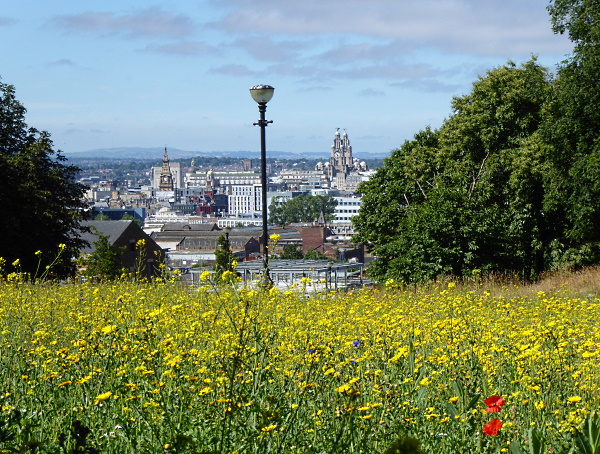
There were some Poppies, Ox-eye Daisies, Cornflower and Corncockle in the mix, but the flowers in other areas were more interesting. There were patches of Viper’s Bugloss, mostly going over, some Mallow, and this Wild Carrot with its distinctive upstanding central floret in dark reddish purple, almost black.
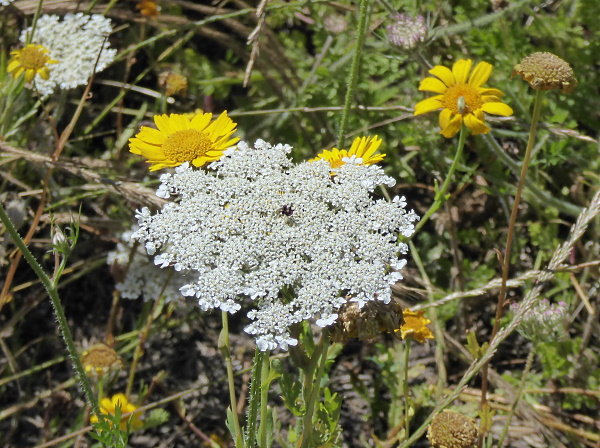
There were very few butterflies, just a few Large Whites and about a dozen Meadow Browns, which were very active in the warm sunshine, never settling down. This Scabious was being visited by what I think is a honeybee.
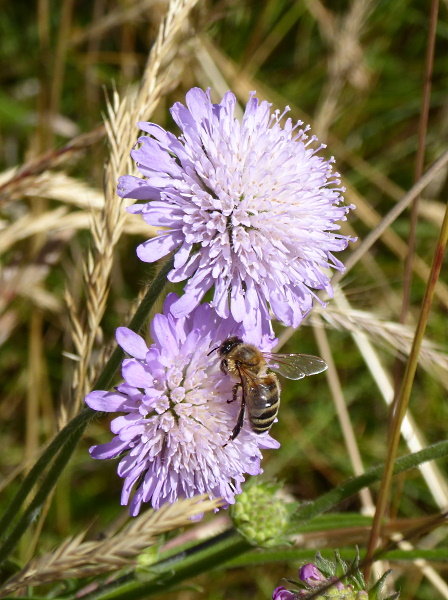
On a shady bank was a single orchid, which I think is a Pyramidal, even though it was about 18 inches (45 cm) tall. They can be up to 55 cm, and the early pyramidal shape turns to oval as they mature.
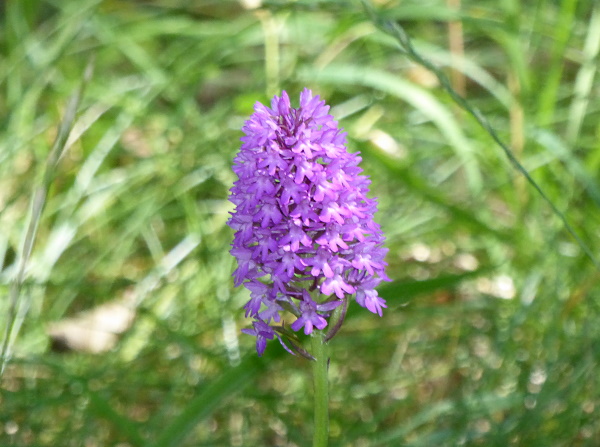
We noted that the Horse Chestnut trees were mostly clean of the leaf miner which has prematurely browned the leaves of trees in other areas of the city. Overall the tree planting was quite imaginative, with Red Sycamore, Variegated Sycamore, Turkish Hazel and Cut-leaved Alder in amongst the commoner tree species. We came to the spot where there is a parking area and a wonderful viewpoint. The top of the sandstone ridge is 245 feet above sea level, making it the highest point in Liverpool. There is an almost 180 degree panorama from the city centre on the left, past the docks, Wirral, the Welsh mountains and Snowdon, the Great Orme, New Brighton, and out to the mouth of the Mersey. The sign marking the view adds a jokey marker at that point saying “Turn left here for New York 3305 miles”.
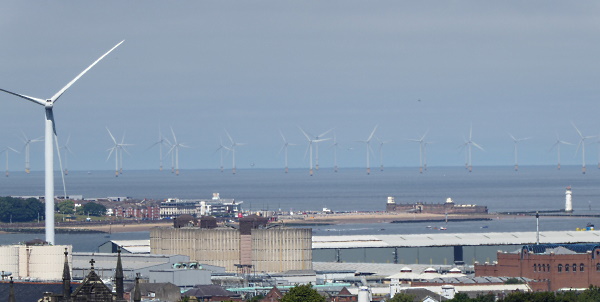
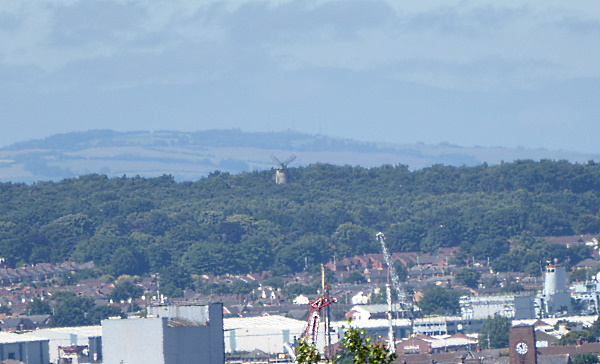
There were very few birds about in the heat. We saw the usual Magpies, Crows, Herring Gulls and Wood Pigeons, but nothing else. Corpse of the day was a mystery dead bird, dry and well-decomposed, all feathers and bones. There were no feet or head, just rich brown wings and a white breast and back. The wings appear to have been cut off short. This isn’t a British wild bird, there is nothing that size or colour. Is it some sort of pet hawk, pinioned? Was it a domestic fowl decapitated by a fox, or had the wing ends been chopped off by a mower? No idea.
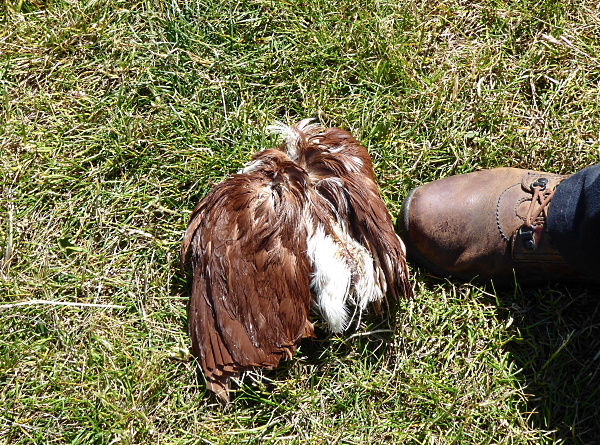
There is a “portrait bench” with cut-out metal images of three local heroes, chosen by the local community. The man is a generic dock worker, a vital labourer in the port’s heyday. On the right is Molly Bushell, founder of the celebrated Everton Toffee Shop. In the centre is Kitty Wilkinson, a public health pioneer. She was an Irish immigrant, wife of a labourer. In 1832, during a cholera epidemic, she had the only boiler in her neighbourhood, so she invited those with infected clothes or linens to use it, thus saving many lives. This was the first public washhouse in Liverpool. Ten years later her efforts resulted in the opening of a combined washhouse and public baths, the first in the United Kingdom. She became known as the Saint of the Slums.
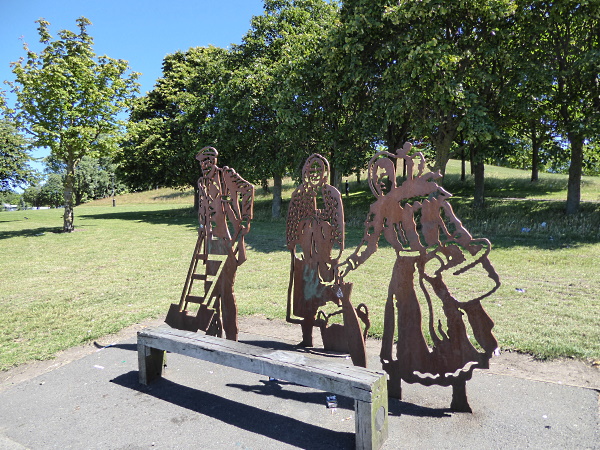
As it was the nearest Sunday to 12th July, the local Orange Lodge marching bands were planning to parade into the city. We heard them forming up and drumming. We decided not to risk the buses, which would be all over the place, and walk back into town, downhill all the way. On North Heyworth Street we spotted an overhanging Eucalyptus tree which was in flower. We haven’t seen that before.
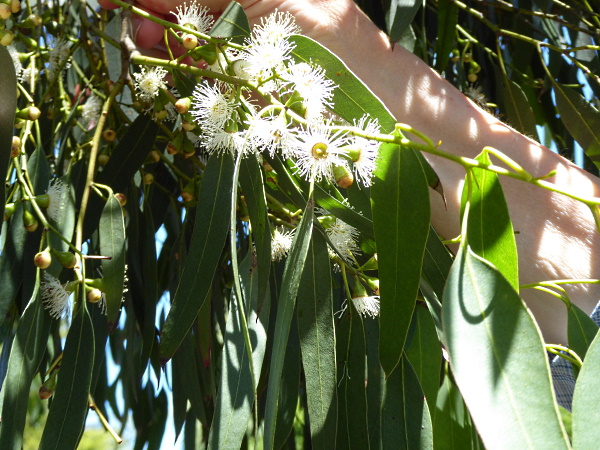
Down Roscommon Street and along St Anne Street. There were lots of wild Buddleia bushes in flower, but no butterflies. The unkempt verges were full of Bramble and Poppies.
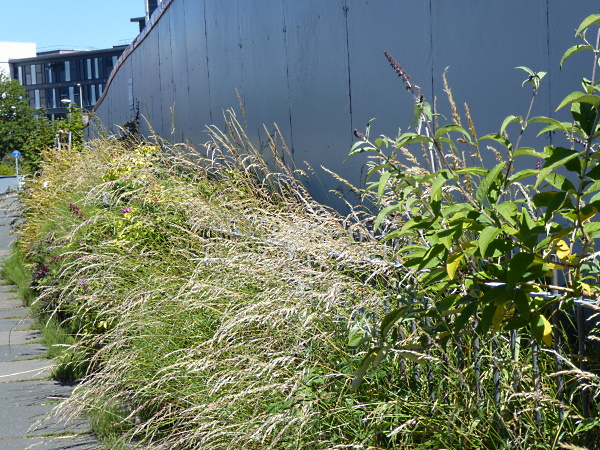
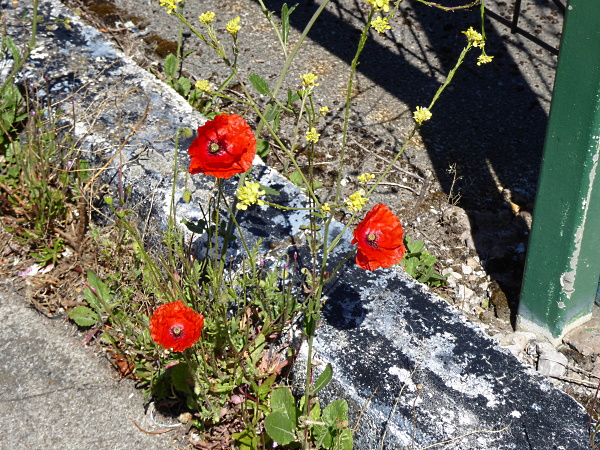
Near the corner of Mansfield Street we spotted two old business signs, possibly painted over in grey but still clearly legible. One said “Wedding Equipages, Broughams, Phaetons, Private Omnibuses, Waggonettes”. The other said “Funeral Carriages and All Requisite Appointments of a Superior Description”. These sound like horse-drawn carriages, although when my mother married in 1941 her big wedding cars were referred to as “Broughams”.
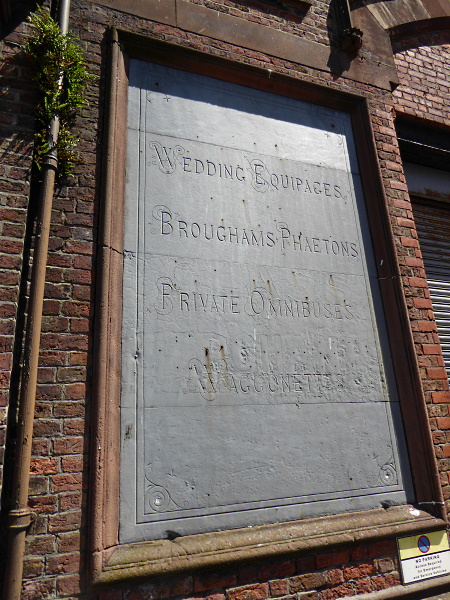
I should just add here some further thoughts on the mystery pines in Royden Park which I puzzled over on 26th June and thought might be Table Mountain Pines Pinus pungens. The experts on the Facebook group British and Irish Trees were also mystified (not just me then!) and wondered if one could be Lodgepole Pine, which also has spines on its cones. However that tree is very tall and thin, not like the ones I saw. They asked if there was evidence of them having been taller trees which had been lopped or broken. I went again to look, and no, these look to be in their natural proportions. That rules out Lodgepole, I think.

I have also been consulting the US website the Gymnosperm Database. Some other identification points. (1) The crushed leaves of the Royden pines didn’t smell of anything. Although I haven’t seen any information about it, you’d think something named “pungens” would smell distinctive. This is a point against it being Table Mountain Pine. (2) Table Mountain Pine has needles in pair, but sometimes in threes. I could find no triplets at all. Another point against Table Mountain Pine. (3). The needles of Table Mountain Pine are said to be a maximum of 8cm long, but I found lots on the Royden trees up to 11cm. A third point against Table Mountain Pine. The Royden trees clearly aren’t either Lodgepole or Table Mountain Pines. They are still a mystery.
Public transport details: The bus station at Queen Square was temporarily closed so we went to Victoria Street, temporary stop 4, for the 14A at 10.13, arriving Heyworth Street / opp Lloyd Close at 10.24. Walked back.
